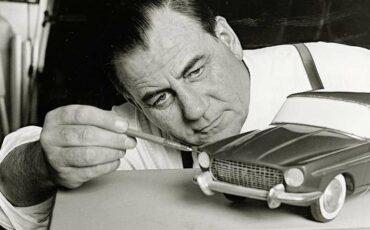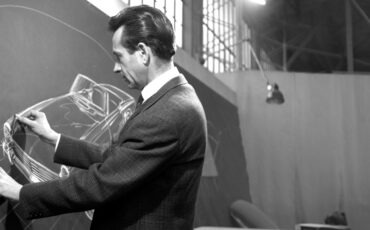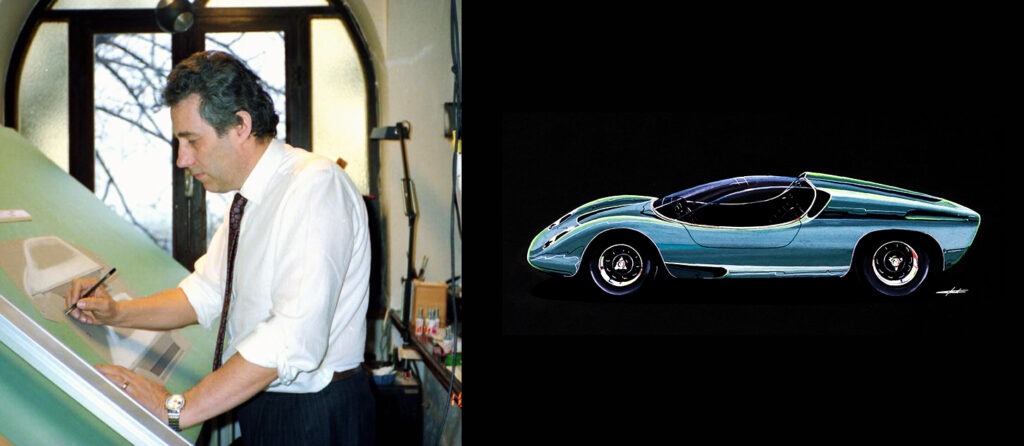
In the world of automotive design, few names carry the weight of innovation and artistry quite like Paolo Martin. Born in Turin, Italy, in 1943, Martin’s illustrious career unfolded against the backdrop of an industry in constant evolution. His tenure at Pininfarina, the famed Italian design house, left an indelible mark on the automotive landscape. This comprehensive article delves into the life, works, and enduring legacy of Paolo Martin, exploring key milestones in his career and the iconic vehicles that bear his creative imprint.
Early Beginnings and Pininfarina Tenure
A Passion Ignited
Paolo Martin’s journey into the realm of automotive design began with a deep-seated passion for cars and an innate artistic flair. He formalized his pursuit by studying at the Institute of Applied Arts, setting the stage for what would become a transformative career.
After a internship at Studio Michelotti and a short experience at Bertone, in 1960, Martin’s trajectory intersected with Pininfarina, the prestigious design house with a storied history of shaping automotive aesthetics. At Pininfarina, Martin’s talent quickly caught the attention of industry stalwarts, and he began contributing to projects that would soon redefine automotive design.
Ferrari Dino Berlinetta Speciale
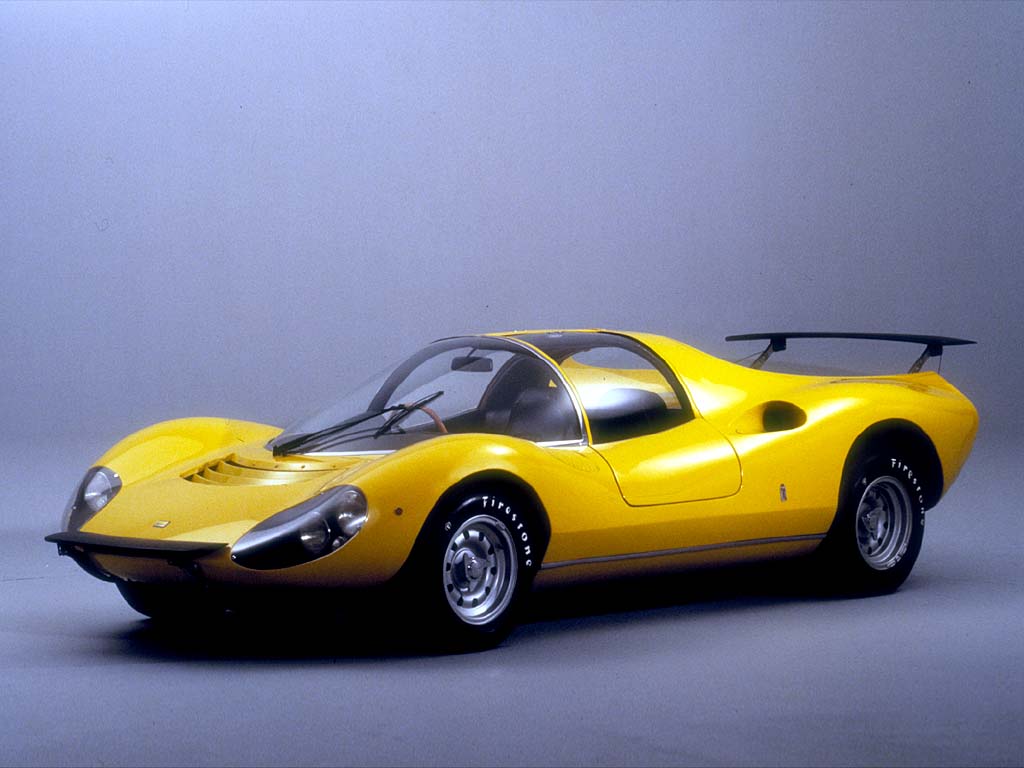
One of Martin’s early triumphs at Pininfarina was his contribution to the 1965 Ferrari Dino Berlinetta Competizione. This collaborative effort with Ferrari showcased his ability to marry elegance with aerodynamic efficiency, setting the stage for the groundbreaking designs that would follow.
Ferrari Modulo: A Visionary Masterpiece
Arguably the pinnacle of Martin’s collaboration with Pininfarina was the unveiling of the Ferrari Modulo at the 1970 Geneva Motor Show. The Modulo was not merely an automobile; it was a daring exploration of futuristic design and engineering.
The Modulo’s wedge-shaped silhouette, canopy-style roof, and asymmetrical wheels defied convention, capturing the imagination of automotive enthusiasts and industry insiders alike. Martin’s avant-garde approach to the Modulo solidified his reputation as a visionary designer willing to push the boundaries of what was considered possible in automotive aesthetics.
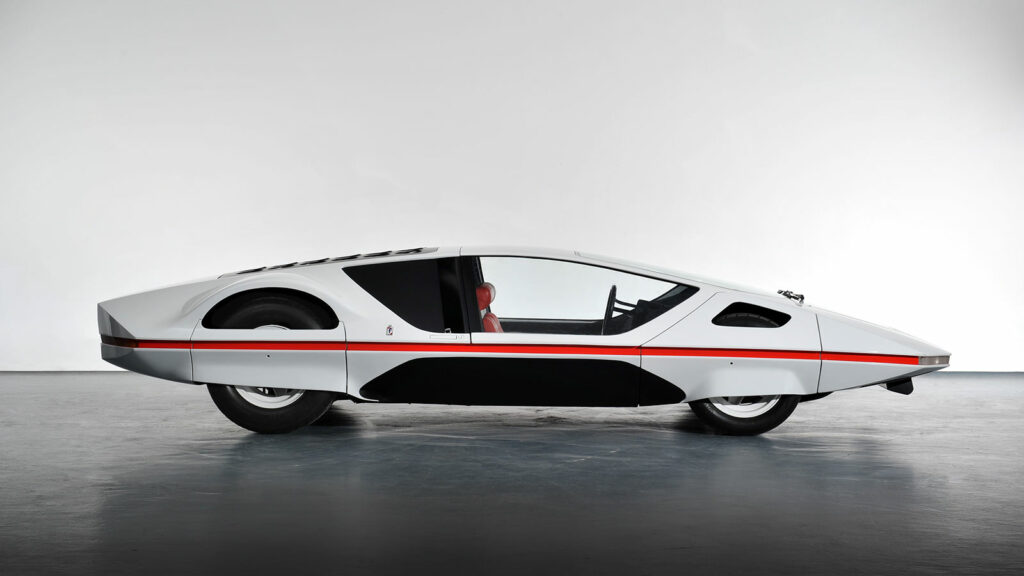
Beyond Ferrari: Paolo Martin's Diverse Portfolio
Fiat 130 Coupé
Martin’s creative genius extended beyond the realm of supercars, as evidenced by his work on the Fiat 130 Coupé. Introduced in the early 1970s, the Fiat 130 Coupé was a departure from conventional design, featuring sleek lines and a distinctive profile that exuded sophistication.
The Fiat 130 Coupé showcased Martin’s versatility as a designer capable of applying his visionary touch to a broader spectrum of vehicles. Its timeless elegance and innovative design elements contributed to its status as a symbol of 1970s automotive chic.
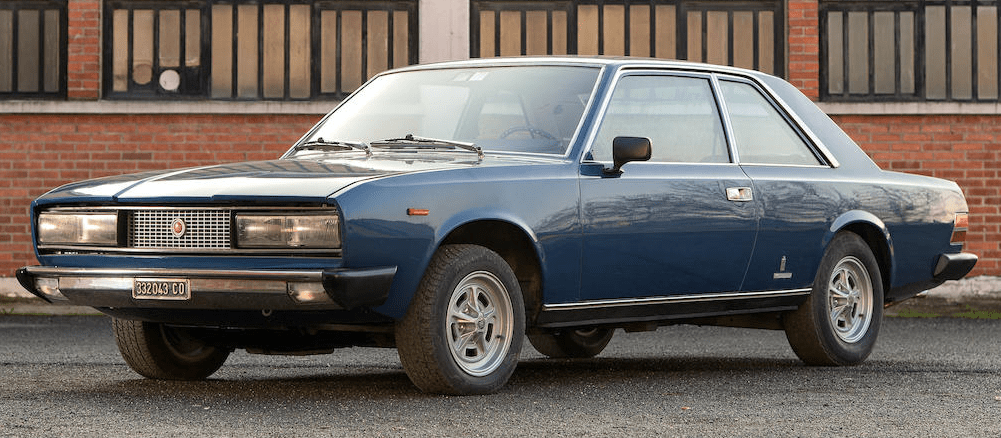
Rolls-Royce Camargue: A Distinctive Collaboration
In the 1970s, Martin’s collaboration with Rolls-Royce resulted in the creation of the Rolls-Royce Camargue. While this luxury grand tourer was primarily the brainchild of Pininfarina, Martin’s influence was instrumental in shaping its unique design.
The Camargue, named after the picturesque region in France, featured distinctive design elements, including a prominent grille and a sleek profile. Martin’s touch was evident in the harmonious blending of British luxury and Italian flair, creating a timeless classic that continues to captivate connoisseurs of automotive elegance.
Paolo Martin's Impact on Peugeot
During the 1970s, Martin’s creative vision left an indelible mark on Peugeot, further showcasing his ability to infuse practical vehicles with a touch of elegance and sophistication. The Peugeot 104 and Peugeot 505, both bearing Martin’s design imprint, reflected his commitment to harmonizing aesthetics with functionality.
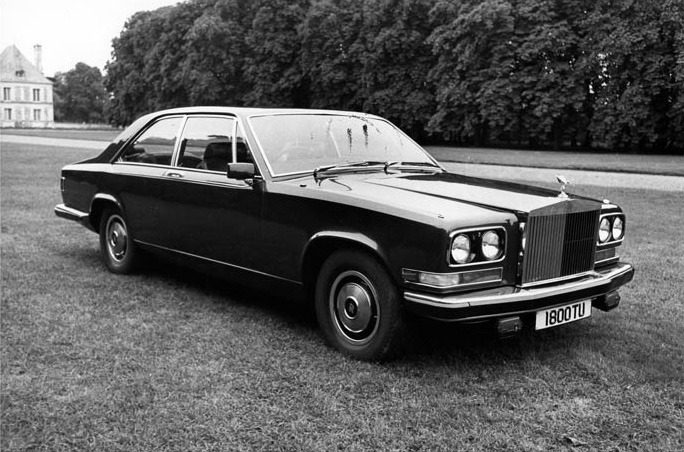
Martin’s influence at Peugeot contributed to the brand’s ability to produce vehicles that transcended mere transportation, embodying a sense of style and design innovation that resonated with a broad audience.
Paolo Martin's Legacy: Enduring Impact and Recognition
Versatility Beyond Automobiles
While Paolo Martin is celebrated primarily for his contributions to automotive design, his creative prowess extended beyond traditional boundaries. In addition to shaping the exteriors of iconic vehicles, Martin applied his design sensibilities to diverse projects, including boats, motorcycles, and the interiors of high-speed trains.
This interdisciplinary approach underscores Martin’s holistic understanding of design principles and their applicability across various modes of transportation. His ability to seamlessly transition between different design challenges showcases the depth of his creative intellect.
Awards and Recognition
Martin’s outstanding contributions to automotive design have not gone unnoticed. Throughout his career, he garnered numerous awards and honors, solidifying his status as a luminary in the design community. These accolades serve as a testament to the enduring impact of his creative vision and the lasting influence he has had on the field of automotive design.
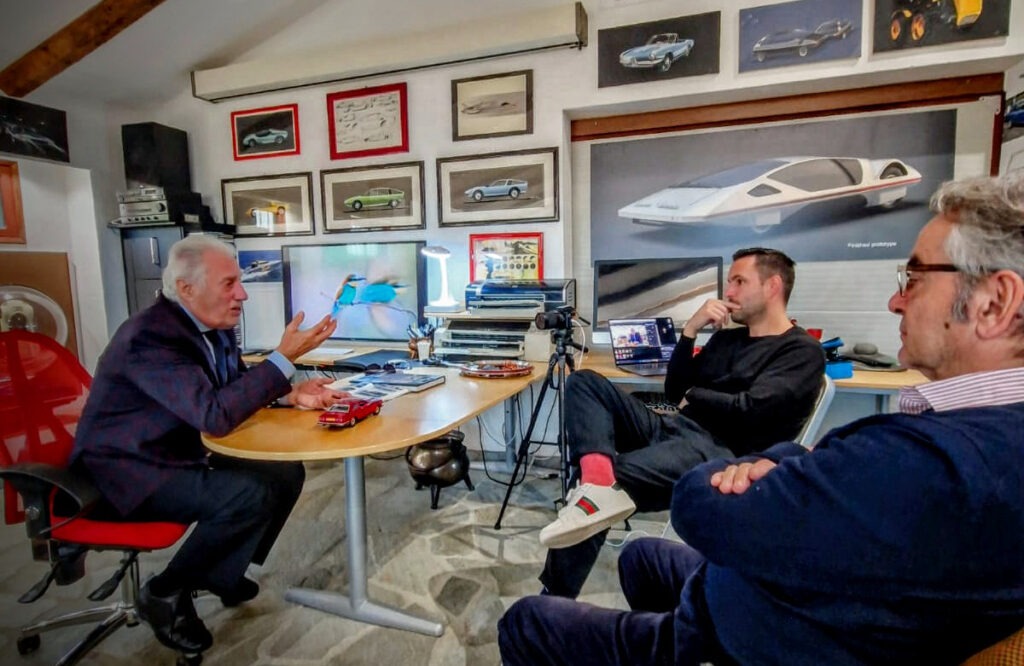
Conclusion: Paolo Martin's Enduring Legacy
Paolo Martin’s journey through the realms of automotive design stands as a testament to the power of creativity, innovation, and a relentless pursuit of excellence. His work at Pininfarina, marked by iconic creations like the Ferrari Modulo, Fiat 130 Coupé, and Rolls-Royce Camargue, has etched his name into the annals of automotive history.
Beyond the aesthetic beauty of the vehicles he shaped, Martin’s legacy resides in his ability to envision the future of automotive design. His daring, avant-garde approach challenged norms, inspired generations of designers, and continues to shape the evolving narrative of automotive aesthetics.
As we reflect on Paolo Martin’s illustrious career, we are reminded that his impact extends far beyond the metal and machinery of the automobiles he designed. He leaves behind a legacy of innovation, an enduring influence on the art of design, and a body of work that continues to captivate and inspire automotive enthusiasts worldwide. In the grand tapestry of automotive history, Paolo Martin remains a true maestro, weaving threads of creativity and ingenuity into the fabric of the industry.

